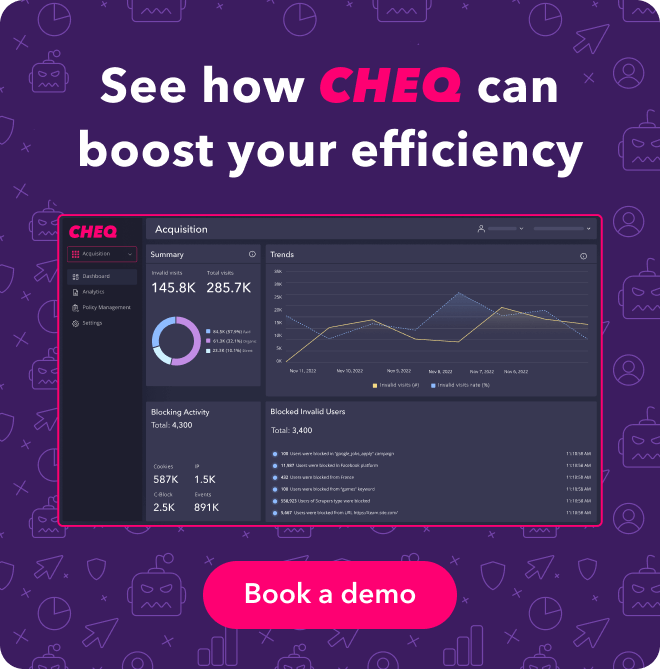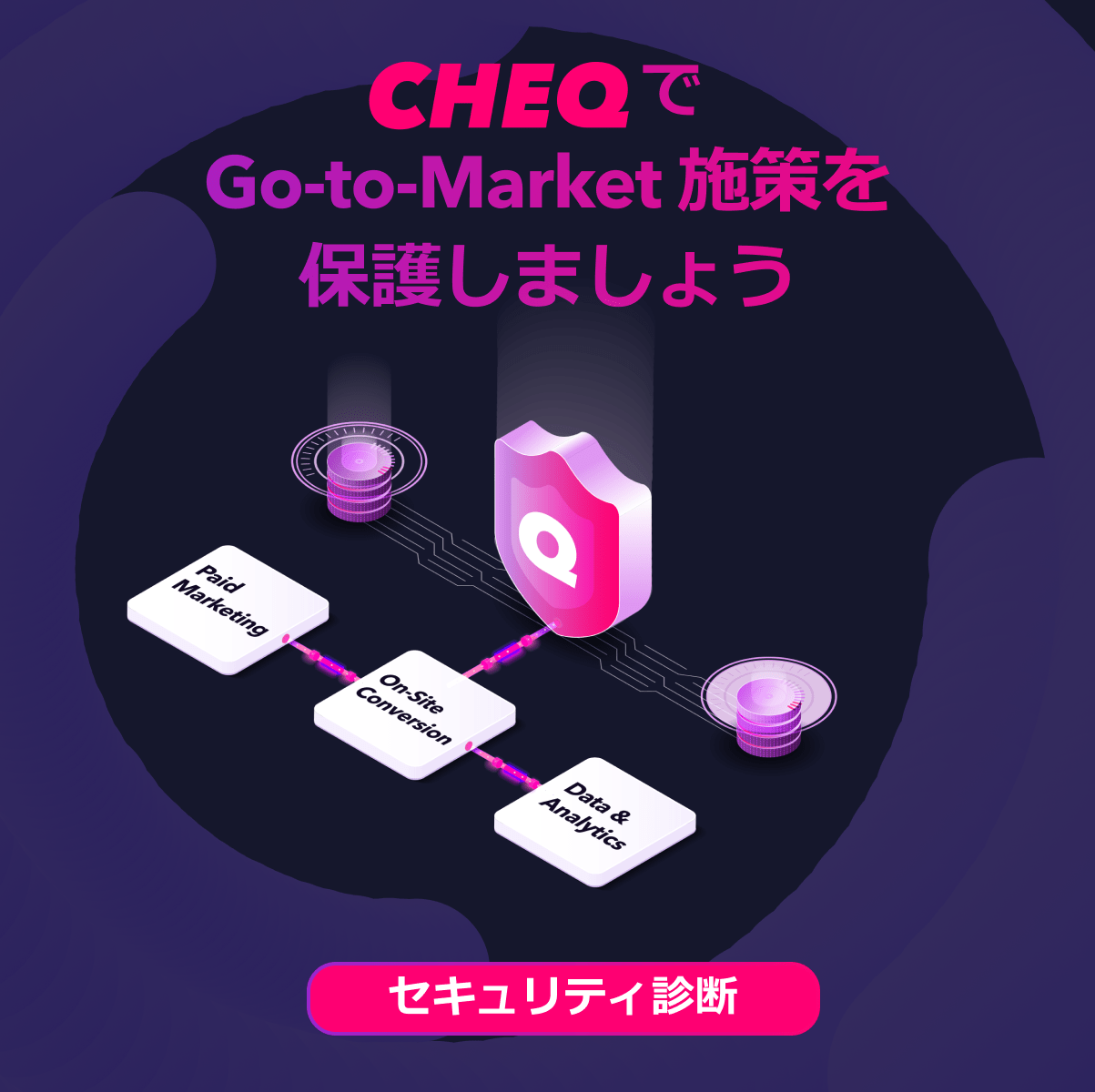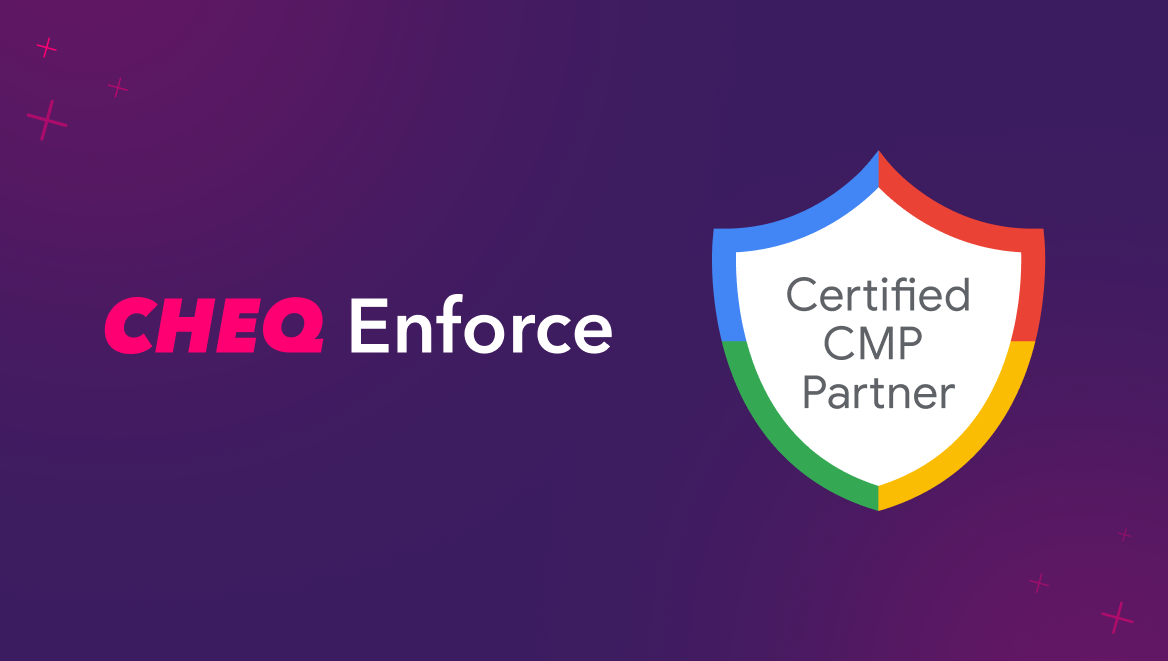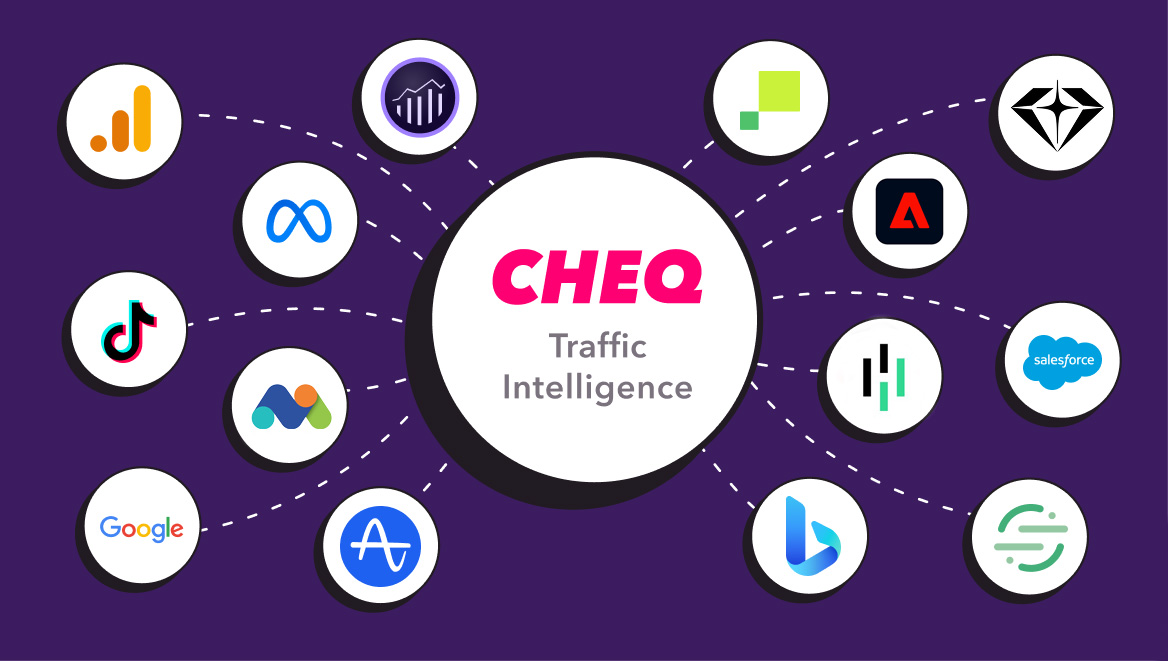How to Achieve Better Data Quality: The Importance of Transformations
CHEQ
|Data & Analytics | June 15, 2022
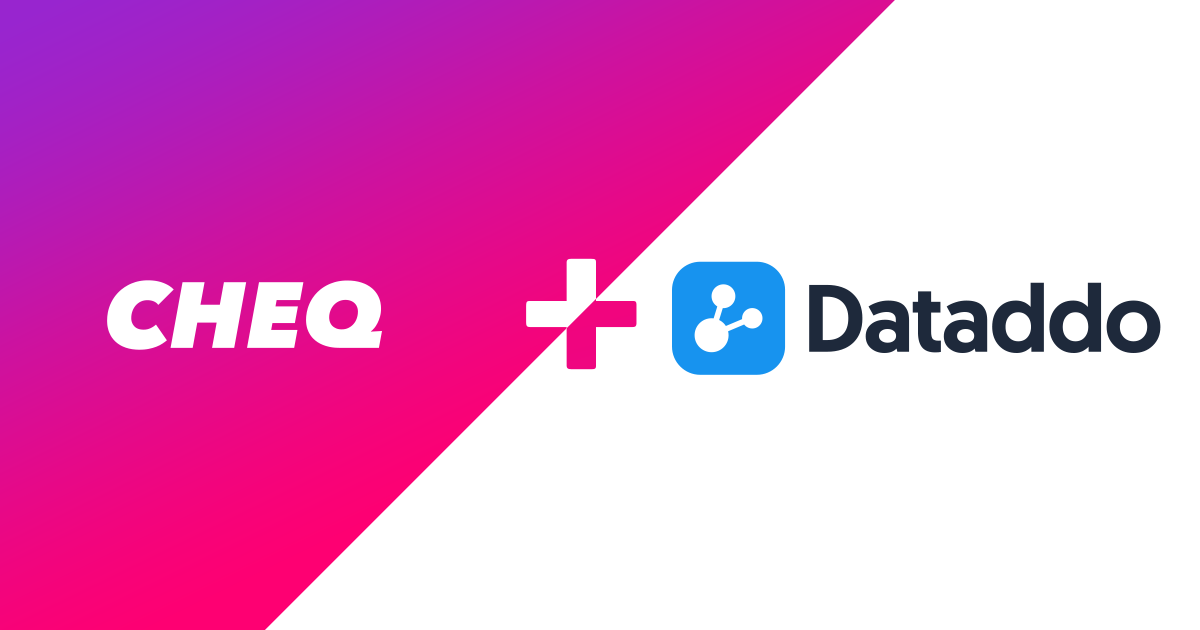
Guest post by Dataddo — a no-code ETL tool and data integration platform for business teams.
In 1986, when there were only 0.3 exabytes of data in the world, the United States Bureau of Justice Statistics labeled data quality “a key issue of our time.” In 2021, there were 79 zettabytes of data – approximately 263,333 times more!
Data today is coming from a growing number of disparate sources and being manipulated by a growing number of professionals with varying levels of technical skill. This means that there are endless opportunities for data inaccuracies to occur—whether by the fault of humans or machines—and these inaccuracies can easily be proliferated across teams, departments, and dashboards.
If data quality was a key issue in 1986, it’s a critical issue now.
Unfortunately, there is no silver-bullet solution for how to keep data accurate. But there are several partial solutions that, when combined, help companies maintain a good standard of quality.
Types of Data Quality Solutions
Data quality solutions fall into two categories: organizational solutions and technological solutions.
Organizational solutions have been part of data quality since the beginning, and include having a sound governance policy that outlines who has access to what data, promoting the data literacy of employees, and having firm procedures for investigating data quality failures.
Technological solutions, on the other hand, are developing at an unprecedented pace in response to growing demand. According to Gartner, by 2022, “60% of organizations will leverage augmented data quality solutions to reduce manual tasks for data quality improvements.”
For business teams, useful technological solutions include go-to-market security platforms like CHEQ, which filter out invalid traffic from dashboards to give businesses a correct view of their numbers, as well as data integration tools that automatically extract and “transform” (or harmonize) data from disparate sources, making it analytics-ready, unskewed and giving it an essential standard of quality.
Garbage In, Garbage Out: Transformation for AI Workloads
Transformation—defined as the conversion of raw datasets into interpretable information—is critical for AI workloads, which are more and more the norm. Indeed, AI-based apps are becoming increasingly prominent in industries like IT, banking, retail, marketing, and healthcare.
But for all their computational power, AI technologies are not very good at processing structurally varied data. In fact, discrepancies that the human eye could reconcile in an instant will easily baffle them.
Take calendar dates, for example. One system or user may record the date of October 31st, 2022 as 31.10.2022, while another may record it as 10.31.2022.
For you and me, it’s plain to see that both entries refer to the same date. But for AI-driven analyses, the various structures of these dates are a problem. Unless the dates are transformed into a common format, the analyses will likely yield garbage results.
Transformation is not limited to the harmonization of formats. It could also consist of changing formats altogether (like converting JSON files into tabular data), blending multiple datasets for side-by-side comparisons, or any kind of computation. As data flows through the different components of a data stack, it is subject to different types of transformations.
ETL Transformations for Business Teams
Transformations used to be the exclusive domain of data engineers, who would perform it on large amounts of data at infrequent intervals.
But today, non-technical, go-to-market teams need to analyze smaller amounts of data at more frequent intervals, and they don’t always want to wait for requests to be processed by engineers.
This is where no-code ETL tools come in. These tools, which can be operated by any business user, extract data from cloud-based services and apps, transform it, then load it into destinations like data warehouses, or send it directly to dashboarding apps.
The transformations that these tools perform automatically under the hood harmonize discrepancies between datasets coming from different systems, or which result from inconsistent, manual data entry—giving all data an essential standard of quality and making it immediately analyzable by humans and AI-based technologies.
A few of these tools enable another type of transformation: blending, i.e. the merging of datasets from multiple systems before exporting them to a dashboard. This gives business teams easy access to advanced insights and side-by-side comparisons.
Engineers are still very necessary for data modeling and advanced transformations that take place in downstream systems like data warehouses, but no-code ETL tools do much to reduce time to insights for business teams. Furthermore, if the data they process does get passed to engineers for further manipulation, such as computational transformations, it will already be pre-cleaned and easier to work with.
Dataddo is an ETL tool and data integration platform that offers all of the above capabilities and more.
Equip Every Team with the Insights They Need
No-code ETL tools empower marketing, sales, customer service, and other go-to-market teams by decoupling them significantly from data engineers. In the age of self-service analytics, this is quickly becoming a must.
Combine a tool like Dataddo with a tool like CHEQ for filtering out invalid traffic, and you’ll give professionals across business departments timely access to clean, accurate data.
To see how Dataddo has helped other businesses turn data into actionable insights, jump to the case studies section of their website.
